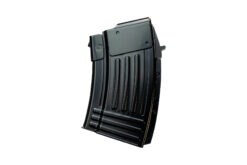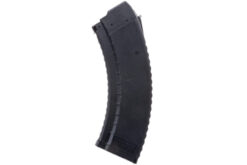Save 8%
MSRP: $11.99
$10.99
Save 7%
MSRP: $13.99
$12.99
Save 9%
MSRP: $10.99
$9.99
Save 3%
MSRP: $120.00
$115.95
Save 5%
MSRP: $109.95
$104.45
New
Save 6%
MSRP: $178.95
$167.95
Save 4%
MSRP: $26.96
$25.95
Save 16%
MSRP: $118.75
$99.95
Save 5%
MSRP: $59.95
$56.95












